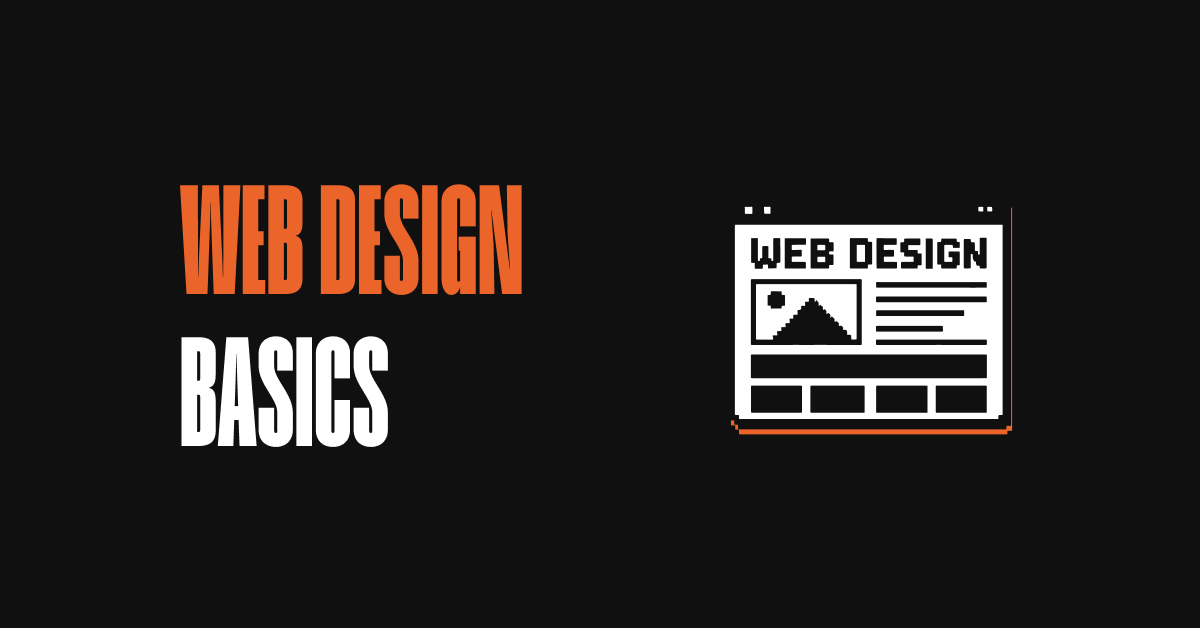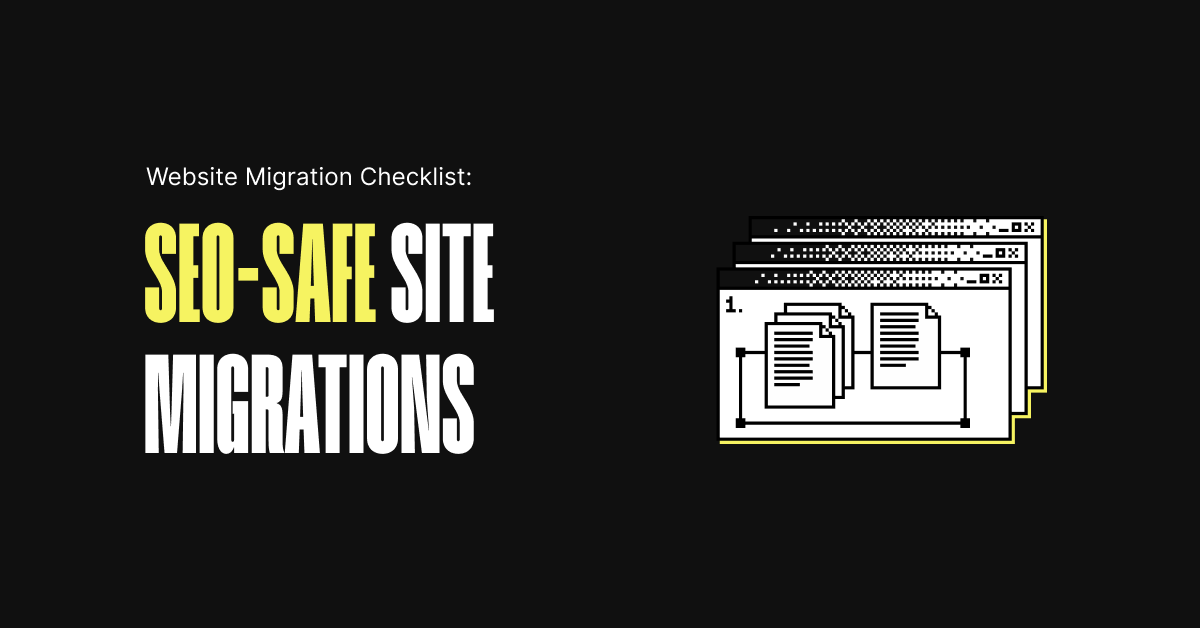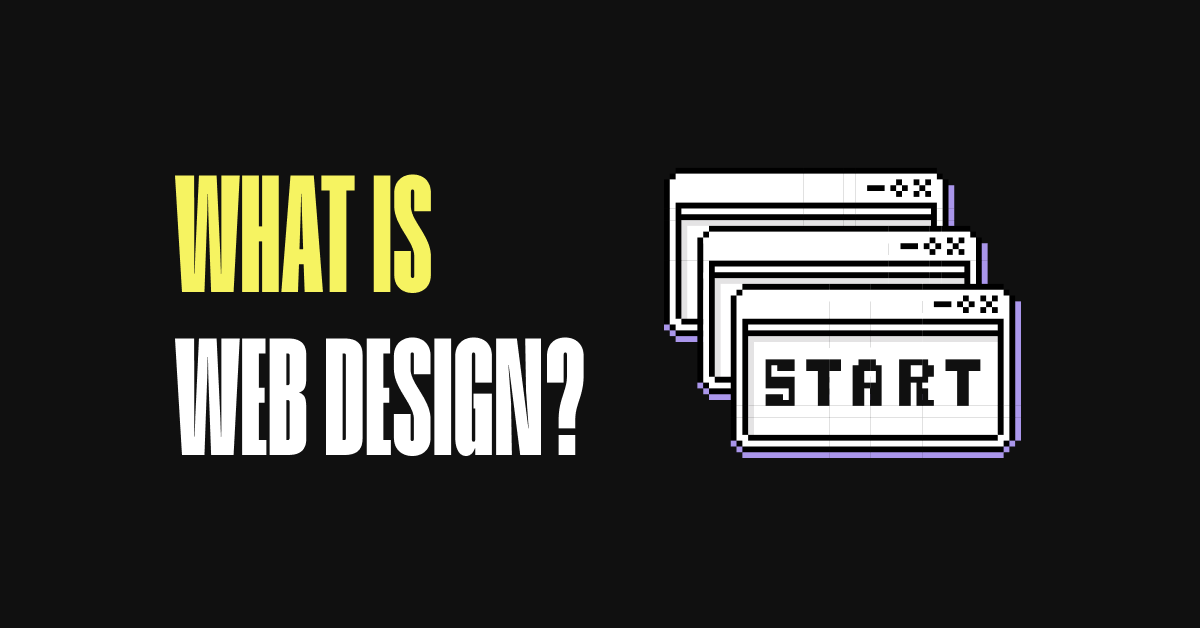Landing Page Conversion Rate Guide 2025 + Benchmarks

If your landing pages aren’t converting, every click gets more expensive. This guide gives you the quick benchmarks, the exact formula to calculate conversion rate, what “good” looks like by industry and page type, and a practical playbook to increase your landing page conversion rate fast. You’ll also learn where to focus first so you can build landing pages that convert across paid, organic and email traffic.
The quick answer: what counts as good?
Across recent benchmark studies, a typical landing page conversion rate ranges from roughly 3-8%. Medians often land near 6-7% for general lead gen pages, while top performers break 10% and the top 10% can push beyond 20% with a tight offer-to-audience fit. Ecommerce purchase-focused pages tend to sit lower, while squeeze pages and webinar registrations can sit much higher due to lower-friction goals.
- Below average: under 3% for most lead gen use cases
- Competitive: 6-10% for lead gen or trials, 2-5% for direct purchase
- Top tier: 10-20%+ for lead gen and trials, 5-8%+ for direct purchase
Your target should be relative to your niche, traffic source, and goal. A B2B landing page conversion rate that’s 8% could be excellent for enterprise leads, while a squeeze page conversion rate should aim much higher. Use the benchmarks below to set realistic goals, then optimize.
Definition and formula
Landing page conversion rate is the percentage of visitors who complete your primary goal on the page. That goal could be a purchase, demo request, trial signup, email opt-in, or webinar registration.
Formula: conversions ÷ unique visitors × 100
Example: If 120 people sign up for a trial from 2,000 unique visitors, your conversion rate is 120 ÷ 2,000 × 100 = 6%.
Landing page conversion rate benchmarks by industry and goal
Benchmarks vary by audience intent, friction, price point, and offer complexity. Treat the ranges below as directional guidance to sanity-check your performance and set targets for landing page conversion rate optimization.
| Use case / industry | Typical range | Strong performers | Notes |
|---|---|---|---|
| B2B lead generation | 3-8% | 10-20%+ | Higher friction forms lower rates; intent and offer quality drive outliers |
| SaaS trial or demo | 3-7% | 10-15%+ | Trials often convert higher than demos; pricing transparency helps |
| Ecommerce purchase | 1-4% | 5-8%+ | Purchase is high friction; optimize for speed, trust and mobile UX |
| Webinar registration | 20-40% | 45-60%+ | Warm email traffic typically outperforms cold paid traffic |
| Squeeze page (email opt-in) | 20-50% | 50-70%+ | One clear benefit and minimal fields are key |
| Sales page for digital offers | 1-5% | 6-10%+ | Proof, offer clarity and risk reversal influence results |
If you’re comparing your performance to a landing page conversion rate benchmark by industry, align to your primary goal and traffic mix. For example, B2B landing page conversion rates from paid search might trail your email retargeting campaigns. Similarly, a SaaS landing page conversion rate for freemium signups will typically outrun a request-a-quote page.
What really moves your conversion rate
- Traffic quality: Audience intent and channel match. High-intent search terms and nurtured email lists convert better than cold, broad social clicks.
- Offer strength: Clear value proposition, perceived ROI, and risk reversal. Weak offers cap your ceiling even with great UX.
- Message-market match: Headlines and benefits that mirror the ad or query. Consistency helps reduce bounce rate and lifts relevance.
- Friction: Form length, required fields, confusing steps. Remove anything that doesn’t help the decision.
- Trust: Proof points, policies, guarantees, recognizable logos, privacy signals.
- Speed and mobile UX: Sub-2s loads, responsive design, thumb-friendly forms and CTAs.
- Visual hierarchy: Clear CTA, scannable sections, contrast, whitespace, and focused imagery. High-converting website UX best practices can help you apply these patterns.
- Urgency and relevance: Timely offers, limited slots, or anchored incentives when appropriate.
How to improve landing page conversion rate: a practical playbook
Use this sequenced playbook to increase landing page conversion rates without guesswork. For ecommerce teams, explore our ecommerce conversion rate optimization tips.
- Clarify the single goal. Pick one primary conversion and design around it. Secondary links belong below the fold or on thank-you pages.
- Nail the value proposition above the fold. Use a clear headline, a subhead that states the outcome, and a primary CTA that sets expectations. Avoid vague CTAs like Learn more when your goal is Sign up free.
- Match the message to the click. Mirror keywords and ad copy on the page. For email, echo the subject line’s promise. This is critical for landing pages that convert from paid search.
- Reduce form friction. Ask only for must-have fields. Use progressive profiling later. For mobile, stack fields vertically and enable native keyboards for email and phone inputs.
- Add specific proof. Replace generic praise with outcomes and numbers. Use logos, data points, short testimonials tied to the offer, and short use-case snippets. Social proof anchored near the CTA is powerful.
- Strengthen your CTA. Make it visible, benefit-driven, and consistent. Examples: Start my 14-day trial, Get the free guide, Book my demo. Repeat the CTA after each major section.
- Use focused, supportive visuals. Hero images or short silent videos that demonstrate the core benefit. Avoid stock imagery that distracts from the offer.
- Speed up. Compress images, lazy-load below-the-fold assets, preconnect to critical domains, and serve modern formats. Aim for sub-2s Largest Contentful Paint.
- Design for mobile first. Prioritize tap targets, sticky CTAs, short copy blocks, and lightweight media. Many high converting landing pages win on mobile first. See mobile-first design principles.
- Create urgency ethically. Limited cohorts, application deadlines, or time-bound bonuses work when true. Avoid fake scarcity.
- De-risk the decision. Free trials, money-back guarantees, or sample chapters reduce hesitation. For B2B, clarify what happens next after form submit.
- Personalize with intent signals. Adjust headlines or modules by source, campaign, or audience segment to lift relevance without heavy engineering.
If you’re rebuilding from scratch, pairing UX improvements with a stronger offer often delivers the biggest jumps. That’s where a design and development partner like Digital Present helps translate research into high converting landing pages, fast.
Testing and measurement that actually works
Prefer a data-driven UI/UX design approach to ensure your experiments target the real bottlenecks.
- Measure the right metric: Define the single conversion for each landing page. Track micro-conversions separately.
- Set up clean analytics: Ensure unique-visitor counts, events, and conversion tracking are de-duplicated across sources.
- Run disciplined A/B tests: Test one core variable at a time, run for full business cycles, and aim for at least 95% confidence with adequate sample size.
- Avoid early stopping: Peeking inflates false winners. Predefine duration and decision criteria.
- Iterate in themes: Sequence tests around offer, messaging, friction, then design. Wins compound when you solve the biggest bottlenecks first.
FAQs
What is a good conversion rate for a landing page?
For most lead generation pages, 6-10% is a competitive target and 10-20%+ is top tier. Direct purchase goals often sit lower, while webinar and squeeze pages sit higher. Always benchmark against similar goals, traffic sources, and your industry.
How do you calculate landing page conversion rate?
Use conversions ÷ unique visitors × 100. If 75 people complete your form out of 1,200 visitors, your conversion rate is 6.25%. Keep the calculation tied to one primary goal per page for clarity.
What is a good CTR for a landing page?
Click-through rate measures internal clicks, not final conversions. A strong CTR to your primary CTA can be 15-35% on focused pages, but it’s only meaningful if it leads to the primary conversion. Optimize for conversion, not clicks alone.
Is a 30% conversion rate good?
It can be excellent, but it depends on context. For webinars or squeeze pages, 30% may be expected with warm traffic. For B2B demos or ecommerce purchases, 30% is exceptional and typically indicates a very warm audience and a tight offer-page fit.
From benchmark to better with Digital Present
Digital Present designs and builds landing pages that convert by combining research, planning, UX design, and continuous monitoring. We support marketing teams and agencies across time zones with fast communication, cost-effective delivery, and after-launch optimization. If you want a high conversion rate landing page for B2B, SaaS trials, ecommerce launches, or webinar campaigns, we’ll help you identify the biggest levers and ship improvements quickly.
Explore our UI/UX design services. Want expert eyes to rate my landing page and map your next 90-day CRO plan? Get in touch and let’s unlock compounding wins.



